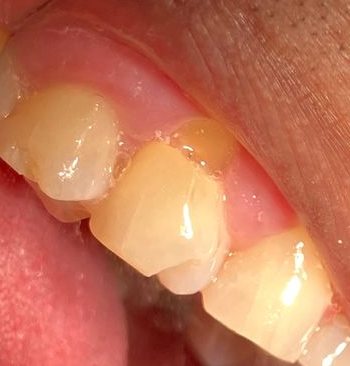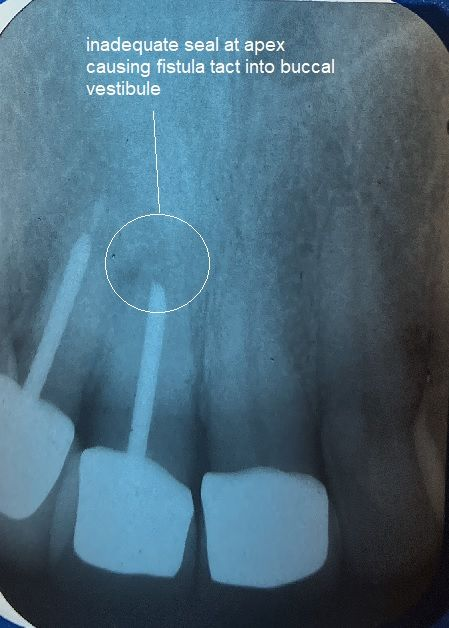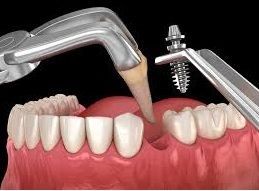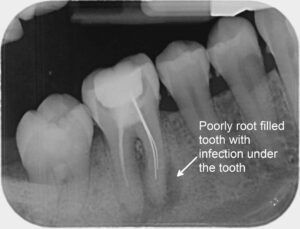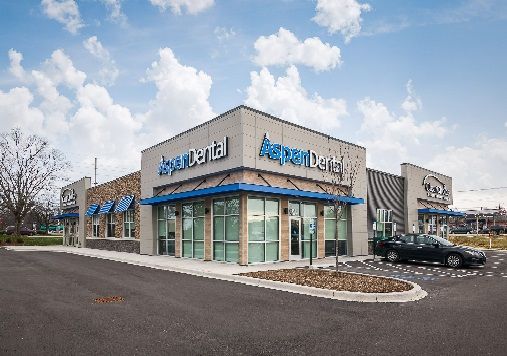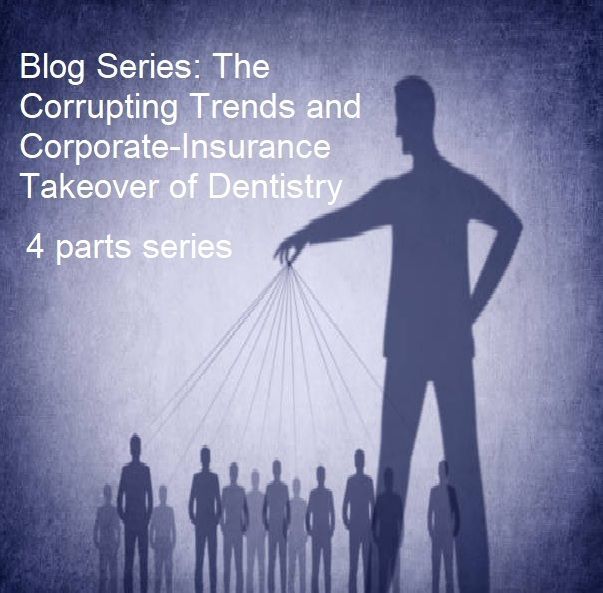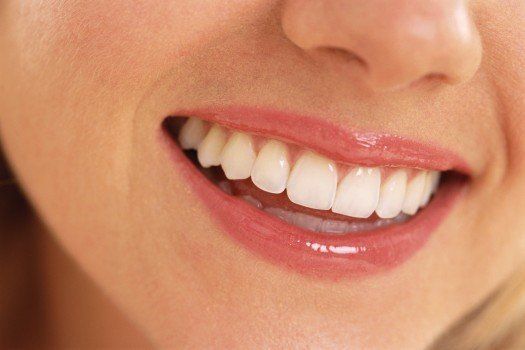
Keeping your teeth and gums healthy is incredibly important, especially when the cost of bad teeth could impact your health. With gum disease on the rise, studies have shown that keeping a healthy routine with your oral hygiene could help prevent your risk of heart disease.
Fortunately, there are a few ways to keep your teeth strong and healthy just by doing the following:
1. Brush twice a day and floss daily. Gum disease and tooth decay remain big problems — and not just for older people. Three-fourths of teenagers have gums that bleed, according to the ADHA. Along with the basic advice, remember:
- Toothbrushes should be changed 3 to 4 times a year.
- Teenagers with braces may need to use special toothbrushes and other oral hygiene tools to brush their teeth. Talk to your dentist or orthodontist.
- Older people with arthritis or other problems may have trouble holding a toothbrush or using floss. Some people find it easier to use an electric toothbrush. Others simply put a bicycle grip or foam tube over the handle of a regular toothbrush to make it easier to hold.
2. Make an appointment. Most experts recommend a dental check-up every 6 months — more often if you have problems like gum disease. During a routine exam, your dentist or dental hygienist removes plaque build-up that you can’t brush or floss away and look for signs of decay.
3. Rinse or chew gum after meals. In addition to brushing and flossing, rinsing your mouth with an antibacterial rinse can help prevent decay and gum problems. Chewing sugar-free gum after a meal can also protect by increasing saliva flow, which naturally washes bacteria away and neutralizes acid.
4. Avoid sugary foods. When bacteria in the mouth break down simple sugars, they produce acids that can erode tooth enamel, opening the door to decay. “Sugary drinks, including soft drinks and fruit drinks, pose a special threat because people tend to sip them, raising acid levels over a long period of time,” says Steven E. Schonfeld, DDS, Ph.D., a dentist in private practice and spokesperson for the American Dental Association. “Carbonated drinks may make matters worse since carbonation also increases acidity.” Sticky candies are another culprit because they linger on teeth surfaces.
5. Don’t smoke or use smokeless tobacco. Tobacco stains teeth and significantly increases the risk of gum disease and oral cancer. If you smoke or use chewing tobacco, consider quitting. Counsel your kids not to start.
All these options provide a great start to a better, healthier smile. If you would like to make an appointment with our staff, we are happy to give your teeth a shine and to look for any problems that may be hiding.
Article Reference: WebMD Article:
https://www.webmd.com/oral-health/features/healthy-teeth-tips

